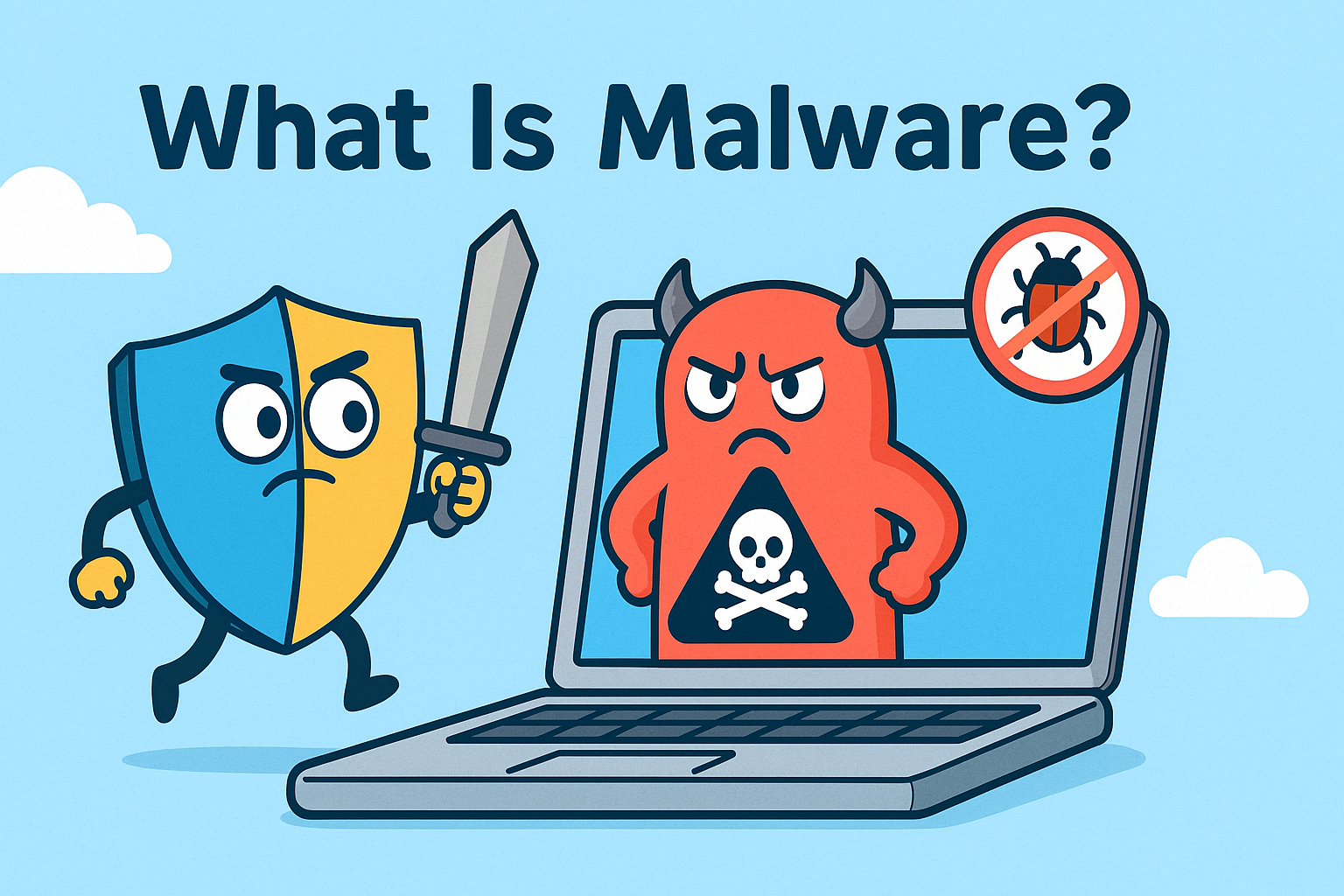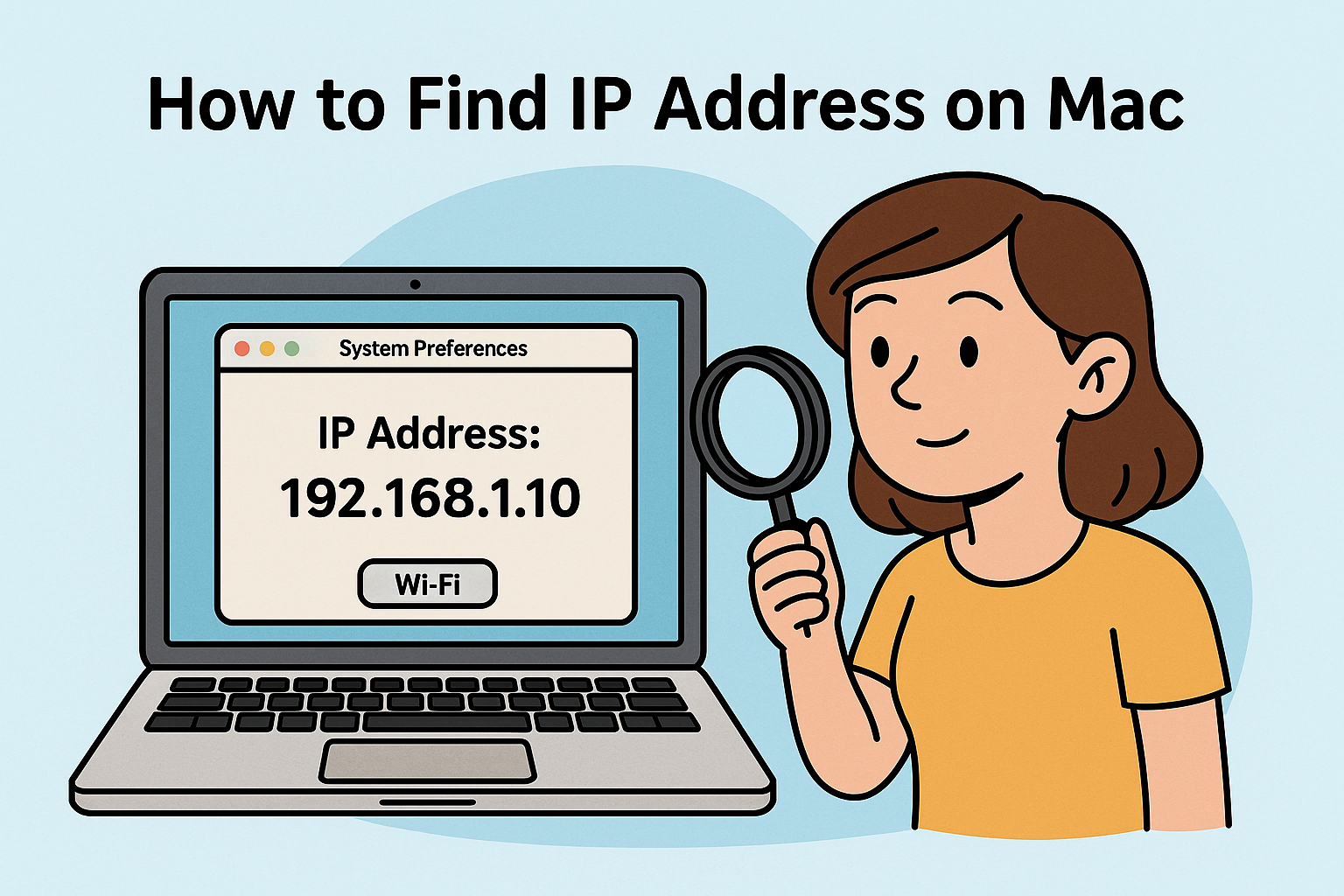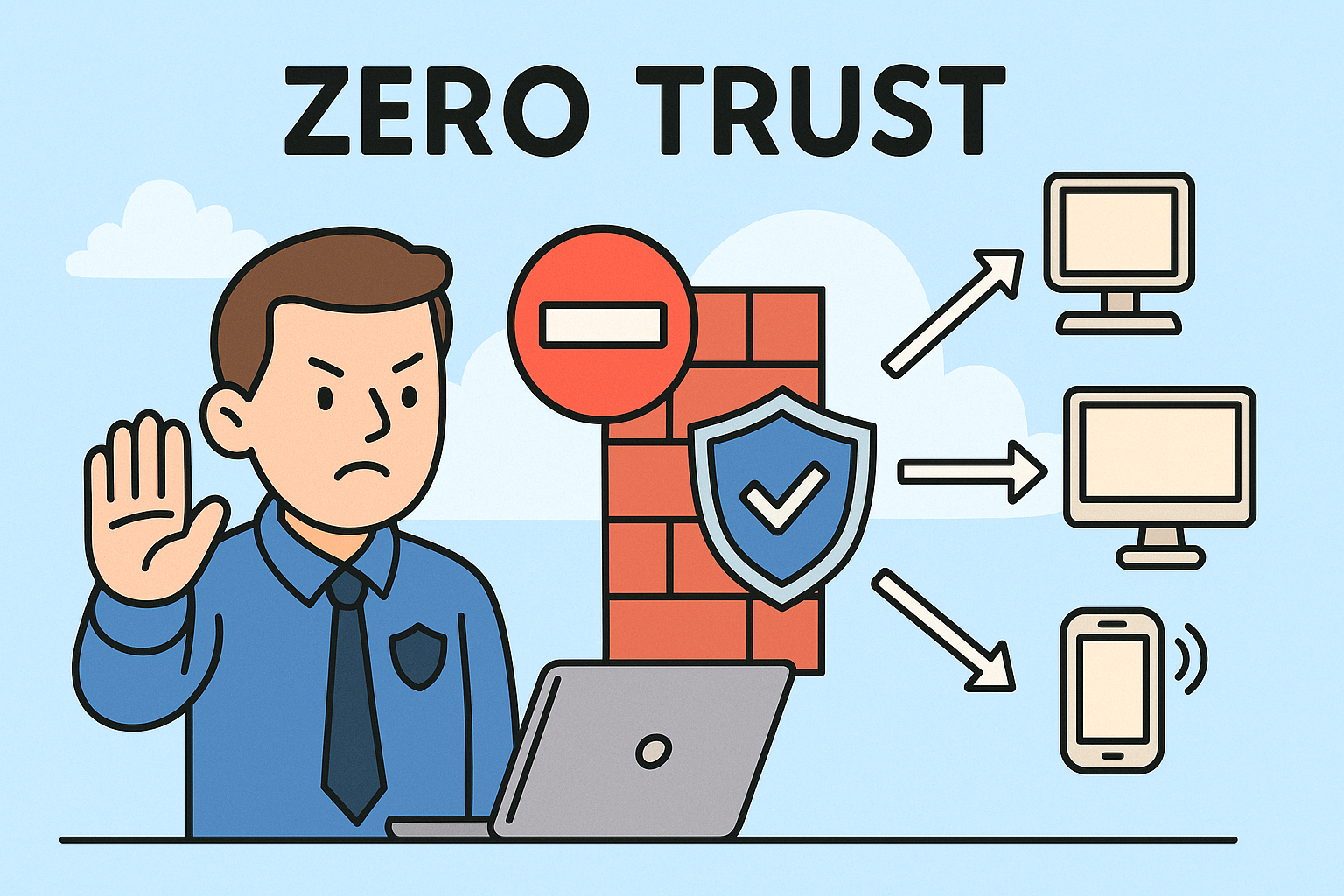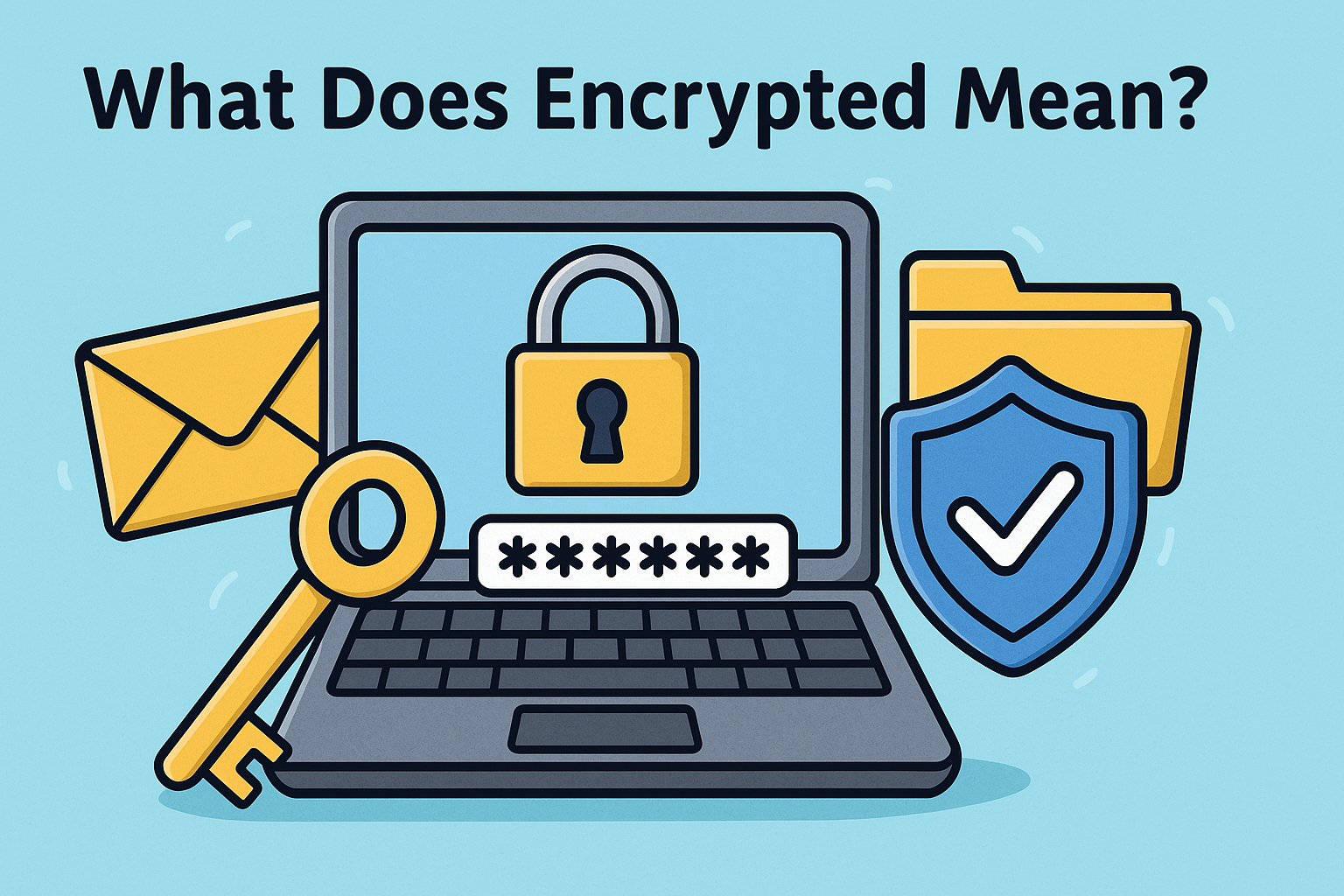What Is Spoofing? Understanding the Modern Cyber Deception
Updated on June 25, 2025, by Xcitium
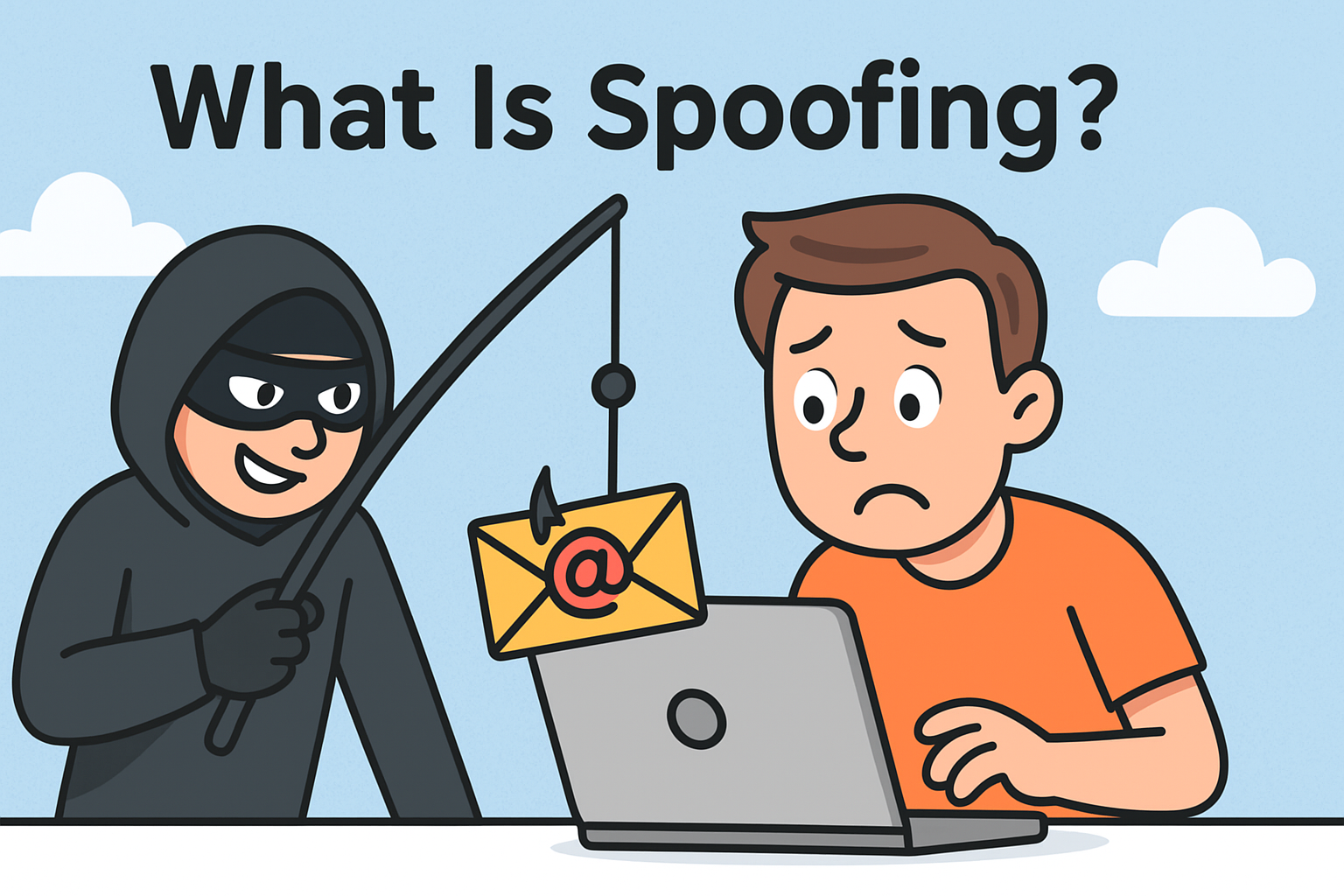
Have you ever received an email that looked legitimate—only to find out later it was fake? You’re not alone. Spoofing attacks have surged in recent years, targeting businesses and individuals alike. So, what is spoofing exactly? In the world of cybersecurity, it’s a deceptive tactic where attackers disguise themselves as trustworthy sources. From email spoofing to IP address spoofing, the goal is often the same: steal data or breach networks.
This blog post explores what is spoofing, various types of spoofing attacks, and how to shield your digital environment from them.
What Is Spoofing?
Spoofing is a cyberattack technique where a malicious actor impersonates another device, user, or entity to gain an illegitimate advantage. The spoofing definition encompasses several tactics such as forging sender addresses, manipulating IP packets, or pretending to be trusted devices.
The primary goal is often to bypass security protocols or trick users into divulging sensitive information.
Common Types of Spoofing Attacks
Spoofing takes many forms. Here are the most prevalent types:
1. Email Spoofing
Attackers forge the “From” field in an email to make it appear as if it’s coming from a trusted source. It’s commonly used in phishing attacks to deceive users into clicking malicious links or sharing personal data.
2. ARP Spoofing
Address Resolution Protocol (ARP) spoofing involves linking an attacker’s MAC address with the IP address of a legitimate computer. This enables intercepting or altering communications on a local network.
3. IP Address Spoofing
In this form of spoofing, attackers modify the source IP address in a packet to impersonate another system. It’s often used in Distributed Denial of Service (DDoS) attacks.
4. Caller ID & GPS Spoofing
Cybercriminals can also spoof phone numbers and GPS locations, manipulating users into making poor decisions based on false information.
Why Spoofing Is a Serious Threat
Spoofing isn’t just a nuisance; it can have devastating consequences:
- Data theft: Trick users into revealing passwords or financial data.
- Network breach: Gain unauthorized access to secure systems.
- Financial loss: Result in fraudulent transactions or ransomware attacks.
- Reputational damage: Affect brands if spoofers impersonate a company.
How Do Spoofing Attacks Work?
Here’s a simplified overview of a spoofing attack in action:
- The attacker selects a target.
- They manipulate identifying data (email headers, IPs, MAC addresses, etc.).
- The spoofed message or connection is sent to the victim.
- If successful, the victim unknowingly trusts and interacts with the attacker.
Some spoofing types are enhanced using automation tools or botnets for scale.
How to Protect Against Spoofing Attacks
To defend against spoofing, combine tech safeguards with user education. Here are actionable strategies:
Technical Safeguards
- Use SPF, DKIM, and DMARC: Authenticate outbound emails.
- Enable HTTPS and SSL certificates: Secure your websites and apps.
- Firewalls & intrusion detection: Detect and block suspicious traffic.
- Regular software updates: Patch vulnerabilities that can be exploited.
User Best Practices
- Avoid clicking suspicious links or downloading unknown attachments.
- Educate employees on identifying spoofing attempts.
- Verify requests for sensitive data through alternate communication channels.
Specialized Security Tools
- Spoofing detection software
- Email filtering tools
- Multi-Factor Authentication (MFA)
Spoofing vs Phishing: What’s the Difference?
Though often used together, spoofing and phishing differ:
- Spoofing disguises the source of communication.
- Phishing tricks the recipient into taking a specific harmful action.
In short, spoofing is often the delivery vehicle for phishing.
Real-World Example of a Spoofing Attack
In 2020, a U.S. energy company fell victim to an email spoofing attack. The attacker impersonated a known supplier and tricked the accounts department into wiring over $2 million. Post-attack analysis revealed that better email validation protocols like SPF and DMARC could have prevented the breach.
Final Thoughts: Cyber Awareness in 2025 and Beyond
With rising digital connectivity, spoofing attacks have become more sophisticated. Knowing what is spoofing, its various forms, and how to prevent it is essential in any cybersecurity strategy. IT leaders and security professionals must prioritize network visibility, authentication, and user training to stay ahead of threats.
Call to Action
Looking to fortify your business against spoofing and other cyber threats? Request a free demo from Xcitium and explore cutting-edge solutions built to secure your digital environment.
Frequently Asked Questions (FAQ)
1. What is spoofing in simple terms?
Spoofing is a tactic where attackers disguise themselves as trusted sources to deceive victims and steal information or access systems.
2. How can I recognize a spoofed email?
Look for mismatched email addresses, poor grammar, urgent or threatening language, and suspicious links.
3. What is the difference between spoofing and phishing?
Spoofing is about impersonation; phishing is about manipulating the victim into taking harmful action.
4. Can antivirus software detect spoofing?
Some antivirus solutions can detect spoofing patterns, but dedicated email authentication and firewall settings offer stronger protection.
5. What should I do if I suspect a spoofing attempt?
Do not interact with the message. Report it to your IT or security team and verify the source via trusted communication channels.



